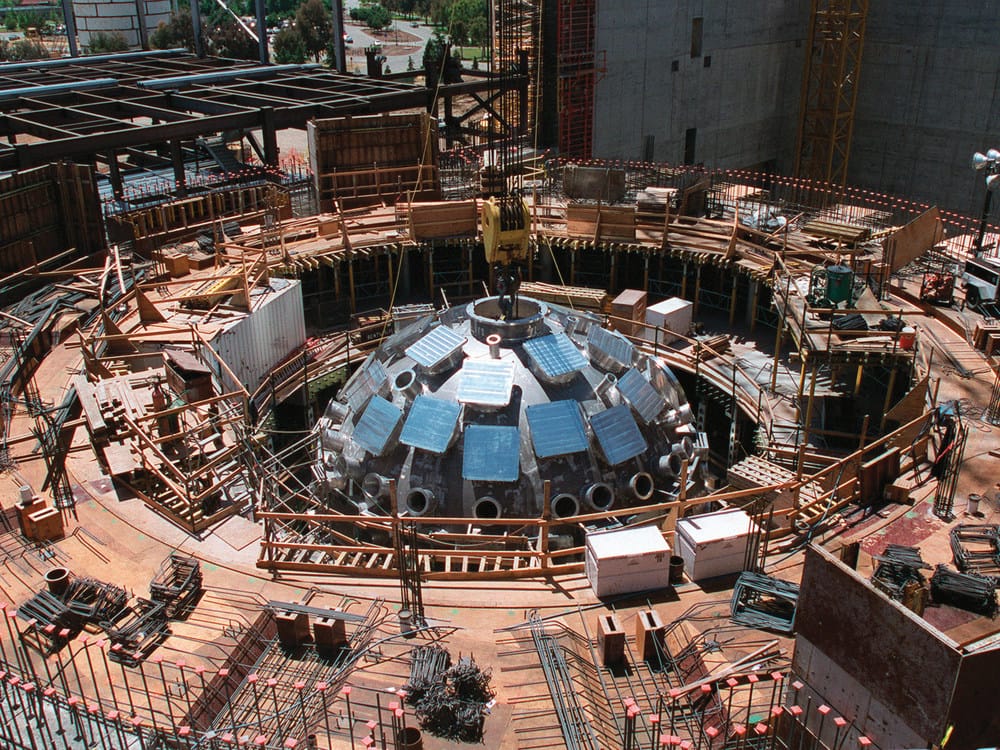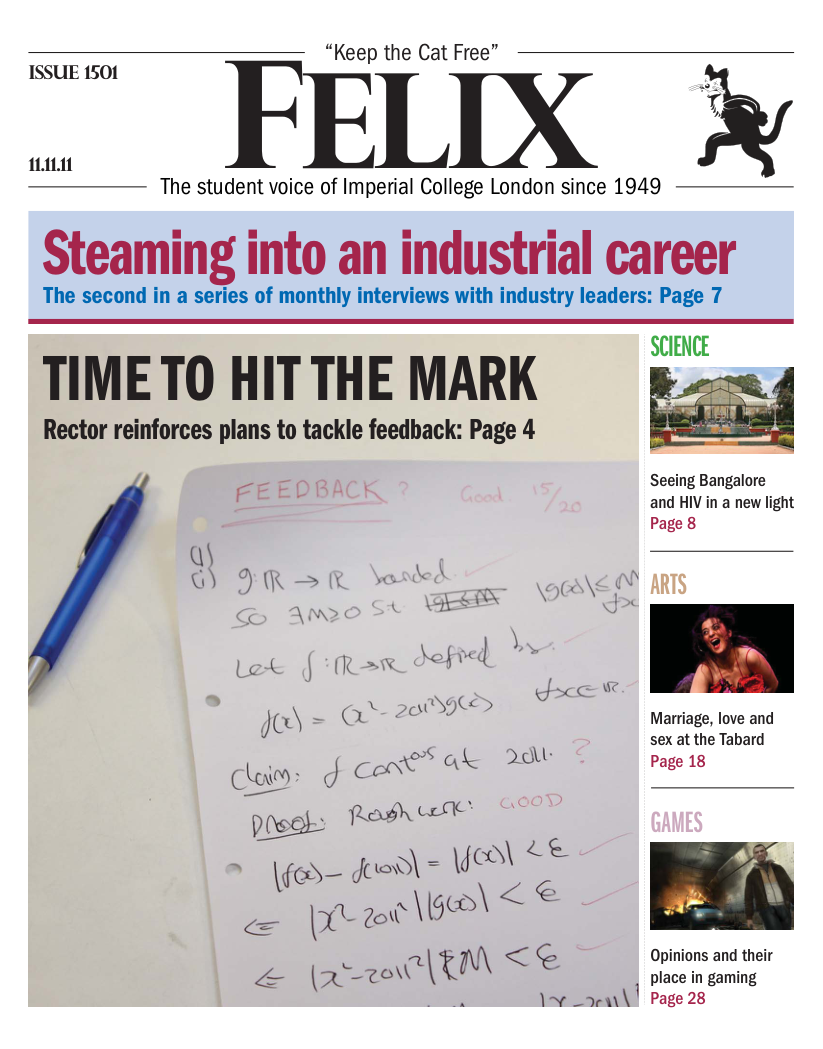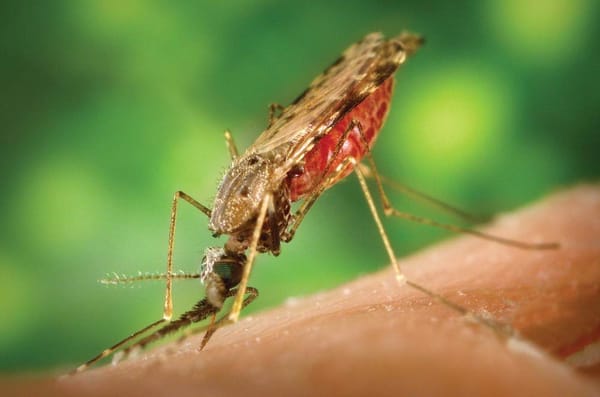Tearing apart the vacuum of space
Extreme Light Infrastructure laser to produce Sun-like intensities

Physicists are proposing an experiment that will require the world’s most powerful laser. The Extreme Light Infrastructure (ELI) Ultra-High Field Facility is touted to produce a laser so powerful that it would be able to pull together the fabric of space, vacuums.
A vacuum is generally believed to be a volume of space that contains no matter. The gaseous pressure of a vacuum is typically much less than atmospheric pressure, leaving it essentially empty of matter. A perfect vacuum with no particles in it at all, however, is virtually impossible to achieve in practice. Vacuums are said to be permeated with extremely small particles of matter and antimatter known as ghost particles, which are shrouded with mystery and pop in and out of existence so fast that no-one has been able to prove that they exist. The experiment involves combining ten lasers to generate a super-laser which will then create an intense electrical field separating the ghost particles. This will prevent them from annihilating long enough to be detected.
Scientists believe this will also allow them to gain further insight into extra dimensions. Professor John Collier, director of the Central Laser Facility at the Rutherford Appleton Laboratory in Oxfordshire and a leader of the ELI project, said that “this laser will be 200 times more powerful than the most powerful lasers that currently exist. At this kind of intensity we start to get into unexplored territory as it is an area of physics that we have never been before.”
The laser’s intensity is equivalent to the power received by the Earth from the Sun focused onto a point smaller than the tip of a pin. At around 200 petawatts of power, it will boast more than 100,000 times the power of the world’s combined electricity production for less than a trillionth of a second. The ELI Ultra-High Field laser is due to be completed at the end of the decade with a total cost of an estimated £1 billion. The United Kingdom is among several countries hoping to host the laser.
Plans to build three lasers to form part of the ELI project and serve as prototypes for the Ultra-High Field laser have been approved this year by the European Union. They will be based in the Czech Republic, Hungary and Romania. Each have a cost of approximately £200 million and are due to become operational in 2015, with the final ten beams each being twice as powerful as these prototypes. The experiment, after pulling the annihilating particles apart long enough to be detected, may help explain the mystery of why the universe contains far more matter than antimatter. “We are taught to think of the vacuum as empty space, but it seems even a true vacuum is filled with pairs of molecules that come into our universe for an extremely short time”, Professor Wolfgang Sandner, president of the German Physics Society commented.
Dr Thomas Heinzl, a professor of theoretical physics at Plymouth University, said that “ELI is going to take us into an uncharted regime of physics” and that “there could well be surprises along the way.”








